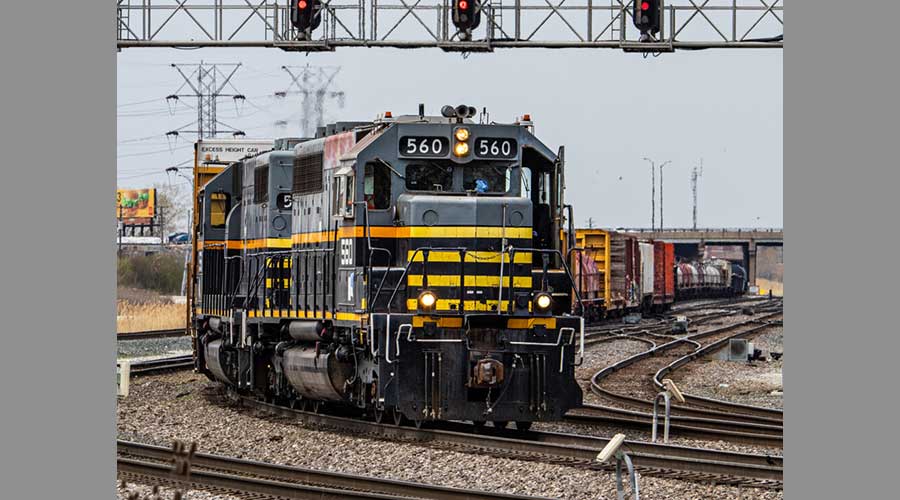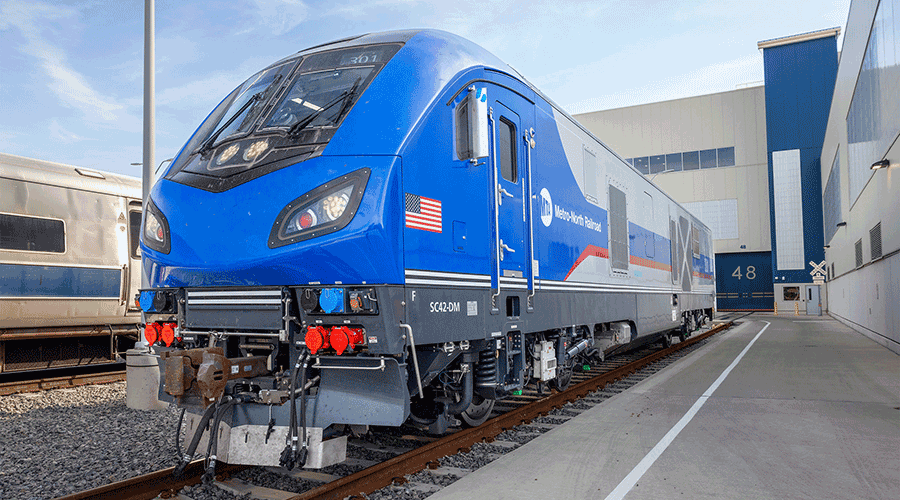Newsletter Sign Up
Stay updated on news, articles and information for the rail industry
Stay updated on news, articles and information for the rail industry
RAIL EMPLOYMENT & NOTICES
Rail News Home
Rail Industry Trends
Rail News: Rail Industry Trends
Surface Transportation Board will examine small roads' rail-line abandonment procedures to find ways to facilitate the sale and preservation of lightly used, low-density branch lines. The board expects to conduct a hearing in fall.
STB's recent announcement pleased 65 regionals and short lines, which in mid-May petitioned the board to simplify the procedures.
"The existing regulatory scheme forces carriers to delay filing for abandonment until after the traffic is gone and the condition of the rail infrastructure has deteriorated," said Mark Sidman, a partner in law firm Weiner Brodsky Sidman Kider PC, which represents the small roads, in a prepared statement.
The roads propose that a regional or short line be required to publish a detailed notice in local newspapers, transportation trade publications and the Federal Register as soon as a line is considered no longer viable. The notice would include three-year traffic and revenue data, the line's physical condition, estimated rehabilitation cost and net liquidation value, connecting carriers and interchange points. If another party believes a line can be operated profitably, the entity can acquire the line for its net liquidation value if the party acts within 90 days (current law requires action within 30 days).
Selling carriers would assure a line's buyer continued access to historic gateways under a haulage or trackage rights agreement.
"We [believe] the proposal should be embraced by shipper organizations and states, [which] have an interest in improving the odds of keeping marginal lines in service and allowing for rational deployment of capital by small railroads," said Sidman.
By expediting low-density line disposals, small roads would free up capital to upgrade infrastructure, he said.
8/18/2003
Rail News: Rail Industry Trends
STB to review small roads' line-abandonment rules
advertisement
Surface Transportation Board will examine small roads' rail-line abandonment procedures to find ways to facilitate the sale and preservation of lightly used, low-density branch lines. The board expects to conduct a hearing in fall.
STB's recent announcement pleased 65 regionals and short lines, which in mid-May petitioned the board to simplify the procedures.
"The existing regulatory scheme forces carriers to delay filing for abandonment until after the traffic is gone and the condition of the rail infrastructure has deteriorated," said Mark Sidman, a partner in law firm Weiner Brodsky Sidman Kider PC, which represents the small roads, in a prepared statement.
The roads propose that a regional or short line be required to publish a detailed notice in local newspapers, transportation trade publications and the Federal Register as soon as a line is considered no longer viable. The notice would include three-year traffic and revenue data, the line's physical condition, estimated rehabilitation cost and net liquidation value, connecting carriers and interchange points. If another party believes a line can be operated profitably, the entity can acquire the line for its net liquidation value if the party acts within 90 days (current law requires action within 30 days).
Selling carriers would assure a line's buyer continued access to historic gateways under a haulage or trackage rights agreement.
"We [believe] the proposal should be embraced by shipper organizations and states, [which] have an interest in improving the odds of keeping marginal lines in service and allowing for rational deployment of capital by small railroads," said Sidman.
By expediting low-density line disposals, small roads would free up capital to upgrade infrastructure, he said.


 2025 MOW Spending Report: Passenger-rail programs
2025 MOW Spending Report: Passenger-rail programs
 Gardner steps down as Amtrak CEO
Gardner steps down as Amtrak CEO
 Guest comment: Oliver Wyman’s David Hunt
Guest comment: Oliver Wyman’s David Hunt
 Women of Influence in Rail eBook
Women of Influence in Rail eBook
 railPrime
railPrime







